As the Iraqi army retreated at the end of the first Gulf War, they took the term “scorched Earth policy” quite literally. Kuwaiti oil wells were set alight en masse, creating towering infernos that blackened the sky.
Get the latest international news and world events from around the world.
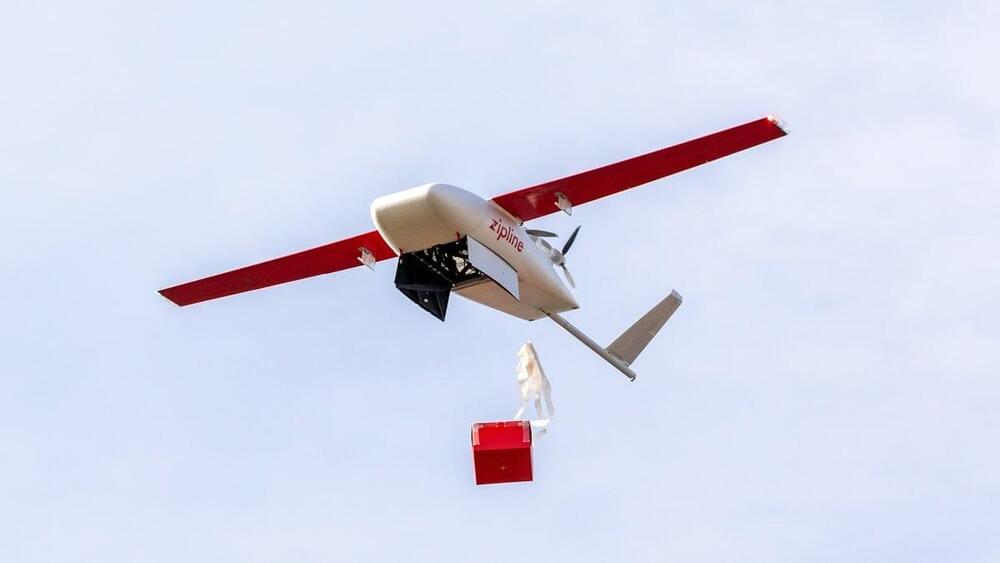
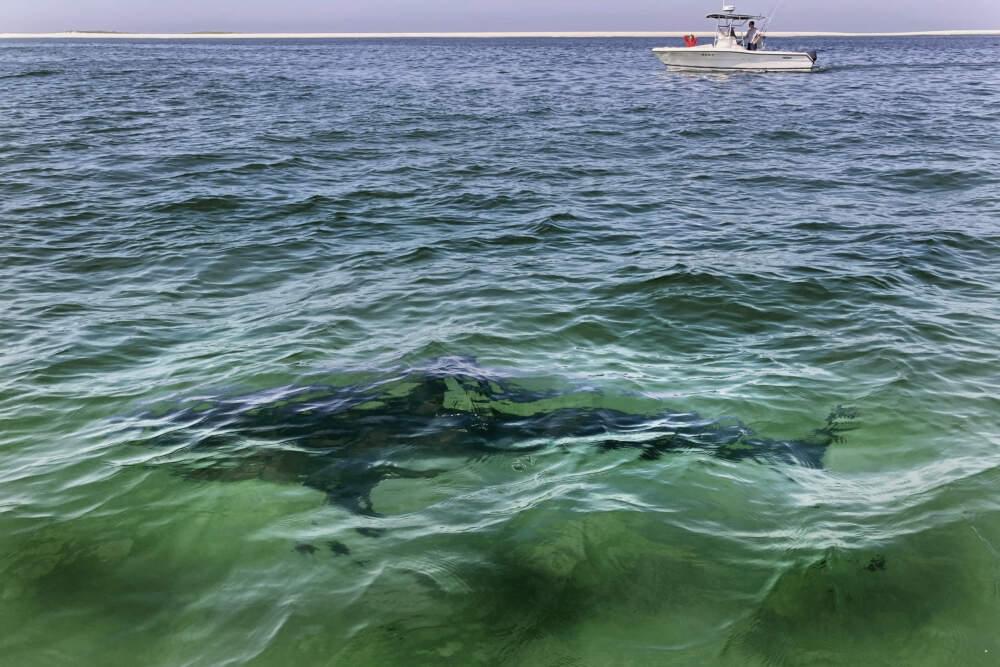
Scientists plan climate engineering experiment in ocean off Cape Cod
Scientists from the Woods Hole Oceanographic Institution are seeking a federal permit to experiment in the waters off Cape Cod and see if tweaking the ocean’s chemistry could help slow climate change.
If the project moves forward, it will likely be the first ocean field test of this technology in the U.S. But the plan faces resistance from both environmentalists and the commercial fishing industry.
The scientists want to disperse 6,600 gallons of sodium hydroxide — a strong base — into the ocean about 10 miles south of Martha’s Vineyard. The process, called ocean alkalinity enhancement or OAE, should temporarily increase that patch of water’s ability to absorb carbon dioxide from the air. This first phase of the project, targeted for early fall, will test chemical changes to the seawater, diffusion of the chemical and effects on the ecosystem.
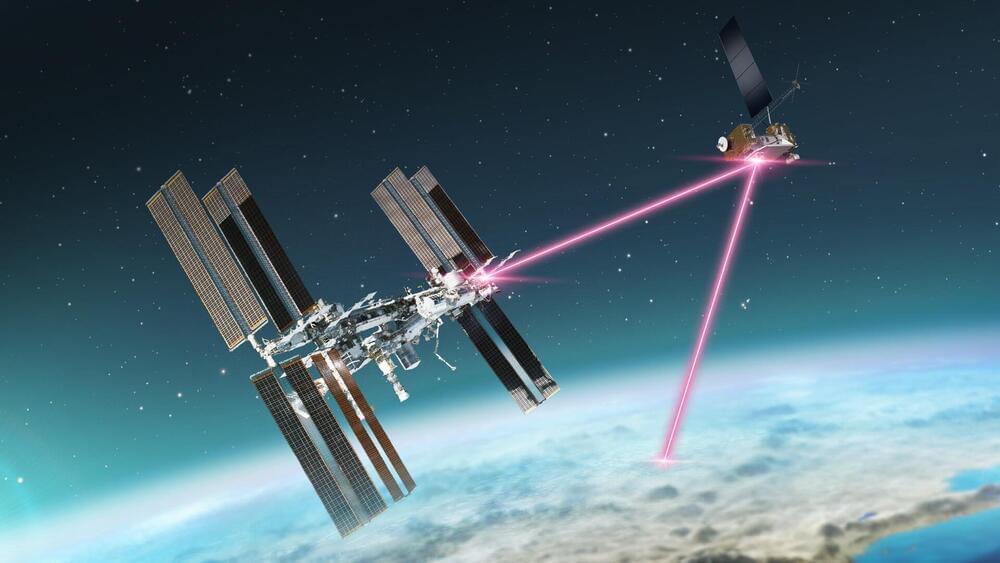
NASA streams first 4K video from aircraft to space station and back
A team at NASA’s Glenn Research Center in Cleveland has streamed 4K video footage from an aircraft to the International Space Station and back for the first time using optical (laser) communications. The feat was part of a series of tests on new technology that could provide live video coverage of astronauts on the moon during the Artemis missions.
Dark matter flies ahead of normal matter in mega galaxy cluster collision
Such decoupling of dark and normal matter has been seen before, most famously in the Bullet Cluster. In that collision, the hot gas can be seen clearly lagging behind the dark matter after the two galaxy clusters shot through each other. The situation that took place in MACS J0018.5+1626 (referred to subsequently as MACS J0018.5) is similar, but the orientation of the merger is rotated, roughly 90 degrees relative to that of the Bullet Cluster.
In other words, one of the massive clusters in MACS J0018.5 is flying nearly straight toward Earth while the other one is rushing away. That orientation gave researchers a unique vantagepoint from which to, for the first time, map out the velocity of both the dark matter and normal matter and elucidate how they decouple from each other during a galaxy cluster collision.
“With the Bullet Cluster, it’s like we are sitting in a grandstand watching a car race and are able to capture beautiful snapshots of the cars moving from left to right on the straightaway,” says Sayers. “In our case, it’s more like we are on the straightaway with a radar gun, standing in front of a car as it comes at us and are able to obtain its speed.”
Toyota Eyes Perovskite Solar Cells For Solar Car Of The Future
Fans of perovskite solar cell technology have been promising the moon, and stakeholders are increasingly confident that it will deliver. Among them is Toyota, which has just tapped its Woven Capital branch to put down a 5.5 billion yen stake in the perovskite solar startup EneCoat Technologies. If you’re thinking the solar-powered electric car of the future is coming, that’s a good guess, because EneCoat lists mobility applications among its areas of focus.
New Solar Cells For The Solar Car Of The Future
The idea of pasting solar cells on an electric vehicle seems reasonable enough. The surface area is relatively small, but a typical car can spend many hours outside, baking in the sun. The advantage would be less reliance on EV charging stations, and more use of free energy from the sun.
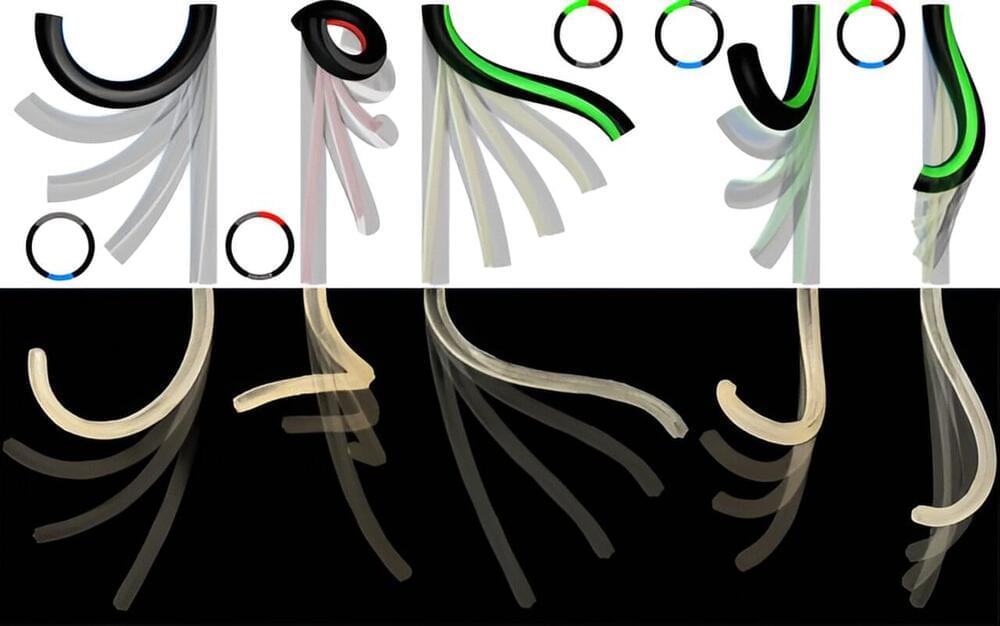
Study shows elephant trunk dexterity can be mimicked with minimal actuators
The trunk of an elephant is among the versatile appendages in the animal kingdom. Now a research team has shown that most of its dexterity can be reproduced with a model using just three “muscles.” And they built a physical model to do just that. The findings are published in the journal Physical Review Letters.
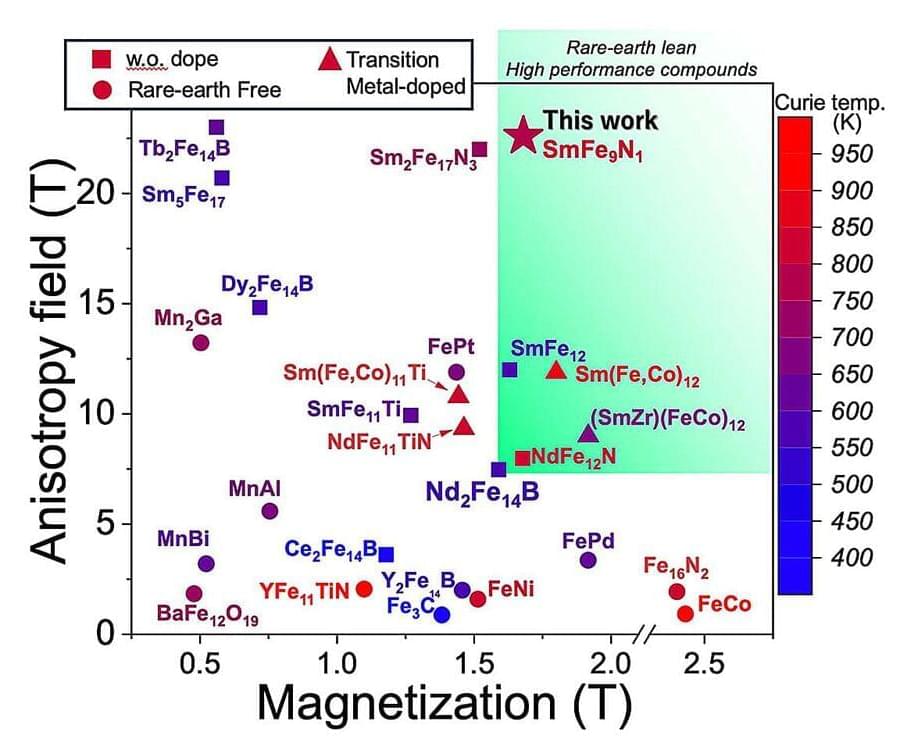
Synthesis of a new compound with excellent intrinsic magnetic properties using smaller amounts of rare earth elements
The National Institute for Materials Science has successfully synthesized a new SmFe-based magnetic compound, SmFe8.8N1.1, which possesses superior intrinsic magnetic properties when compared to those of NdFeB compound used in neodymium magnets. The study is published in the journal Acta Materialia.
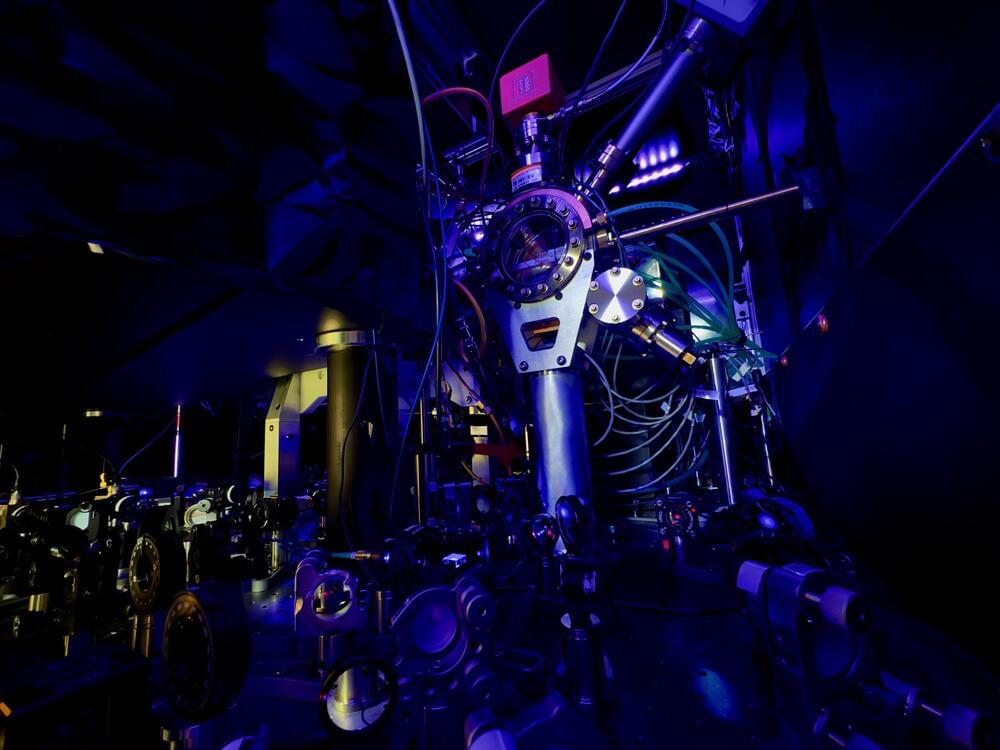
An optical lattice clock based on strontium atoms achieves unprecedented accuracy
Researchers at the Ye Lab at JILA (the National Institute of Standards and Technology and the University of Colorado Boulder) and University of Delaware recently created a highly precise optical lattice clock based on trapped strontium atoms. Their clock, presented in a Physical Review Letters paper, exhibits a total systematic uncertainty of 8.1 × 10–19, which is the lowest uncertainty reported to date.
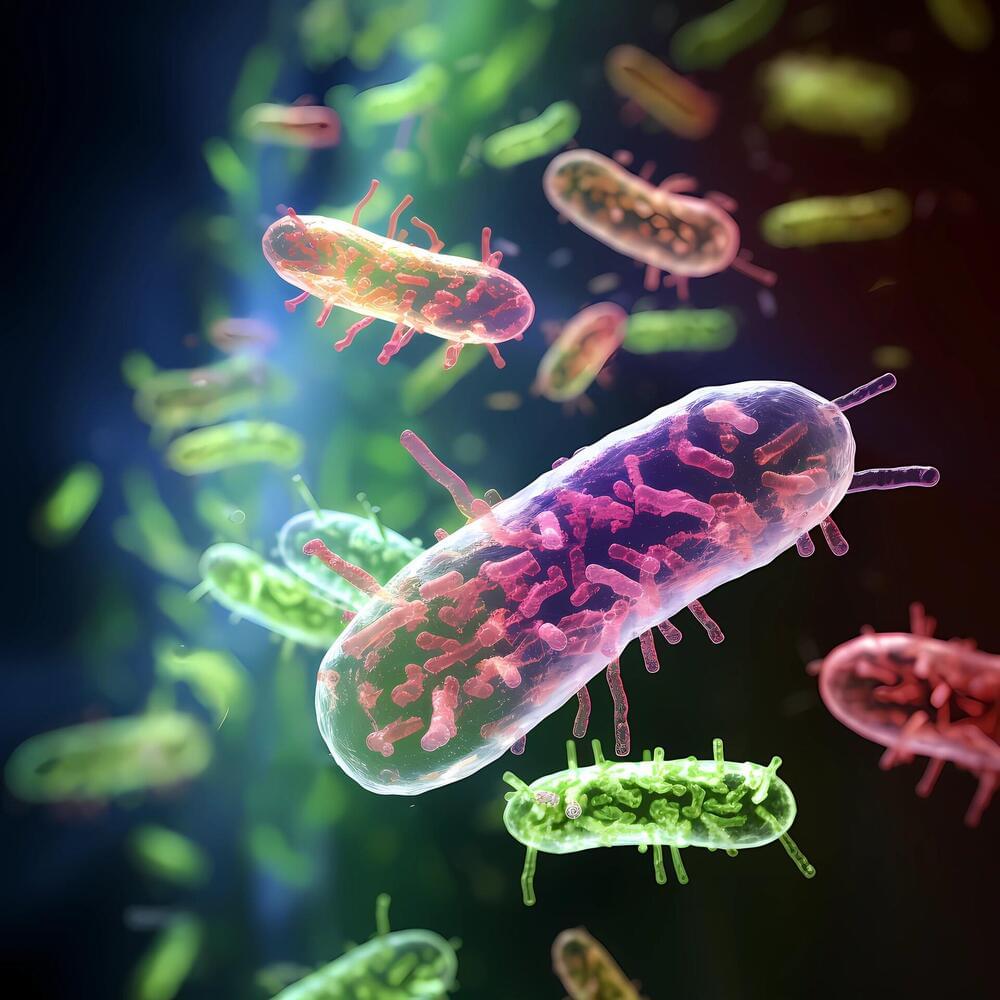
Study finds active matter and shear flows share thinning behaviors
According to a study published in Proceedings of the National Academy of Sciences, a research team led by Professor Xu Ning from the University of Science and Technology of China (USTC) has found that active matter and shear flows share similar thinning behaviors in self-propulsion and shear forces.